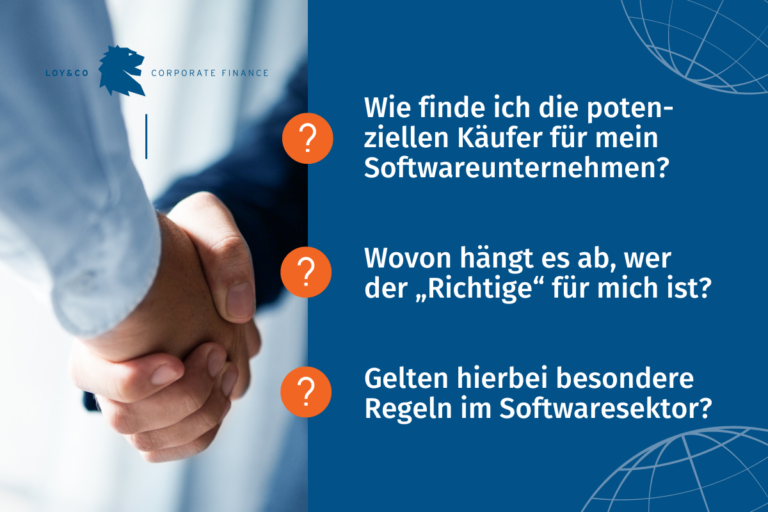Finding a Strategic Buyer
To identify the right strategic buyer, it is important to understand their strategic rationale. Strategic rationale typically includes:
- Expanding the product range,
- Taking advantage of revenue and cost synergies, or
- Improving the competitive position and gaining market share.
Strategic investors typically pursue a long-term investment strategy in which the acquired company is permanently integrated and retained. Therefore, they often strive for a 100% acquisition.
In addition to the strategic orientation, financial firepower also plays a key role. To be considered as a potential acquirer, the buyer should typically be several times larger than your company. However, the buyer’s size is only an initial indicator. Whether a transaction is financially viable for the buyer can be determined, for example, from the current debt ratio and the potential for raising additional debt. For publicly traded buyers, the question also arises whether authorized capital is available to issue additional shares as acquisition funding.
Finally, decision-making ability plays a decisive factor in the selection of potential buyers. This aspect is typically difficult to assess as an outsider, but there are various indicators that indicate a willingness to acquire companies:
- Past Transactions: Has the company made frequent acquisitions in the recent past? Does it perhaps have a proven M&A growth strategy?
- M&A Expertise: Does the company have an internal corporate development or M&A department?
- Parties Involved: How is the company structured? Are there many decision-makers and committees that must approve an acquisition? Direct and short decision-making processes with fewer decision-makers often indicate greater decision-making power.
However, the latter aspect in particular can often only be determined through previous transaction experience. Based on this, we have developed our own assessment of many market players.










